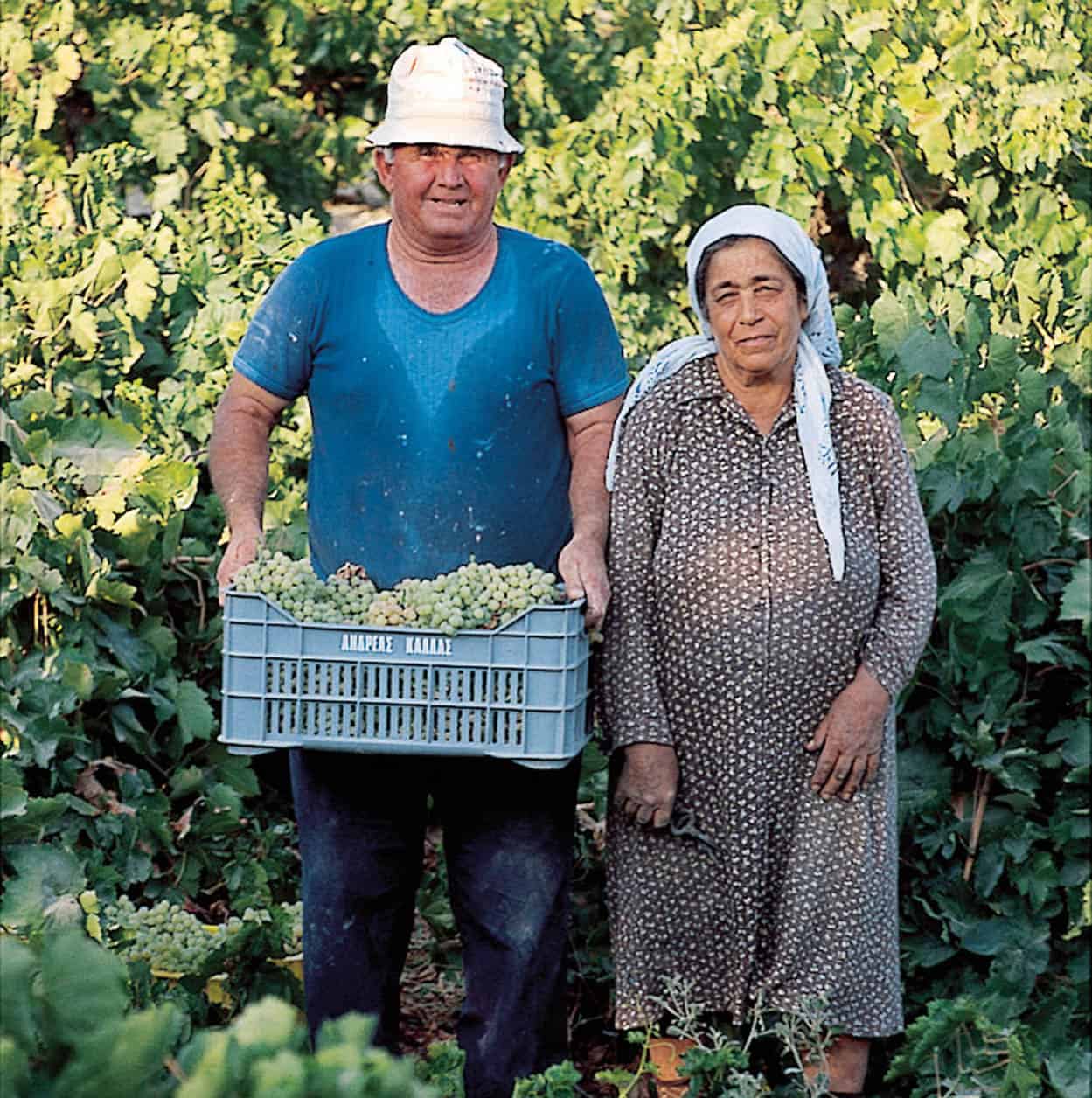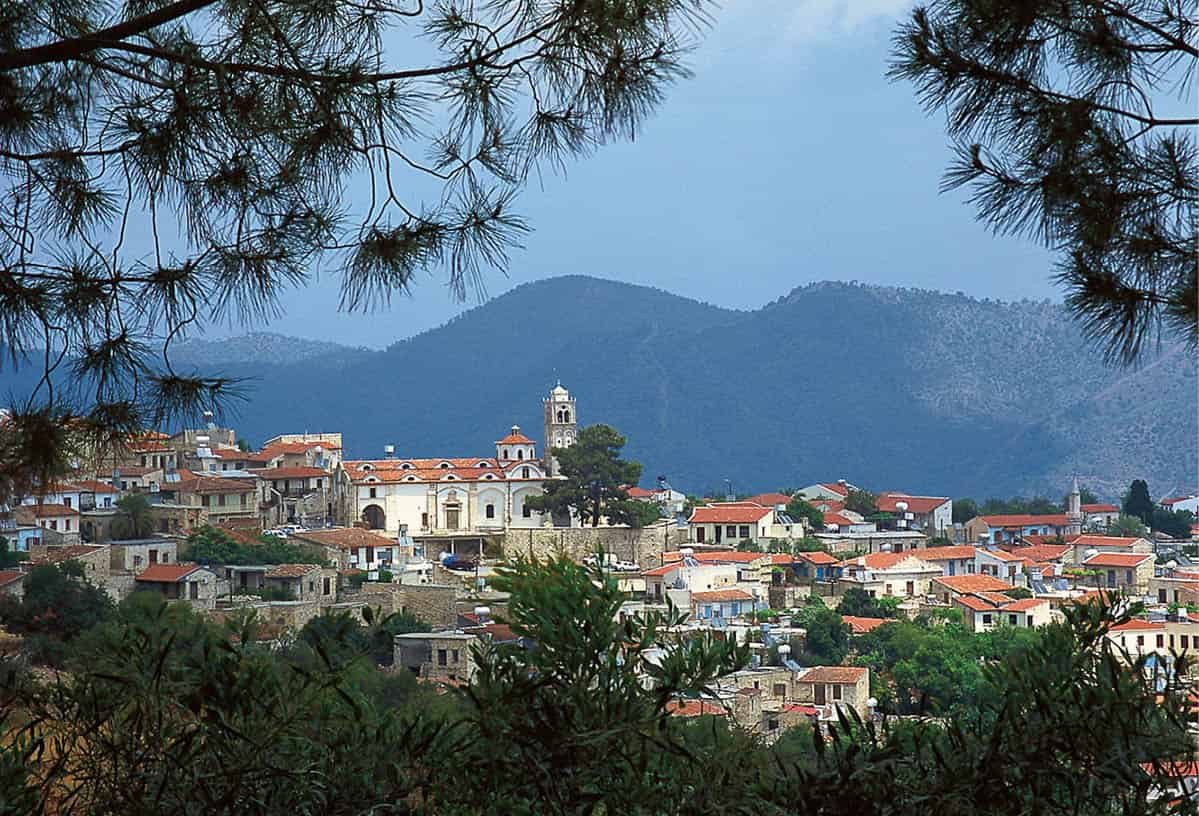Cyprus rose to prominence in antiquity from its copper deposits – indeed the island’s name is the basis for the Latin word for the metal (cuprum). In modern times, Cyprus’ greatest natural resource is sunshine, over 300 days of it per year. Yet ‘Aphrodite’s Island’ has often been careless with the coastline that puts all that sunshine to good use. Many resorts are large and over-developed, with little historical or cultural character, and the battle to preserve the remaining unspoiled coastline is being closely fought. Delve inland for a greater appreciation of this island: countless ancient sites, sleepy villages, frescoed country churches, terraced hillside vineyards and rugged mountain ranges await you. The layers of a long and tangled history, from Stone Age peoples, through Greeks, Phoenicians, Persians, Romans, Byzantines, Crusaders, Venetians, Genoese, Ottomans and British, are there to be seen and felt.
Some of your finest memories are likely to be of a remarkably friendly and hospitable people – both Greek-Cypriot and Turkish-Cypriot – despite their turbulent and traumatic recent history. This is, after all, an island that was invaded by Turkey and split in two in 1974. Within weeks, some 180,000 Greek Cypriots were forced to flee to the south of the island, becoming refugees in their own country. Within a year, around 44,000 Turkish Cypriots had moved north. The island is still divided today, though since 2003 there has been greater freedom of movement across the de facto border.
Although it’s simple to visit the North (which only Turkey recognises as a separate republic), most travellers still choose the Greek-Cypriot South. But for those who do cross the cease-fire line that separates the two parts of the island, the North offers the best Lusignan and Venetian monuments, some excellent beaches and appealingly empty landscapes.
An Easy-Going People
Through all the turmoil, the Cypriots have managed to retain a sunny, relaxed disposition. Ask a couple harvesting grapes if you can take their photo, and they will not only strike a happy pose, but also gather a large bag of grapes for you to take home. Compliment a chef on the quality of his sheftaliá at a taverna and chat to him about village life, and it’s not impossible he will insist that lunch is on the house. It is rare that a visitor leaves Cyprus without some tale of the people’s generosity.
It is not a mere marketing gimmick that often at the end of a meal, coffee and a liqueur (either citrus-flavoured or the clear spirit zivania) is provided on the house. You don’t have to go to the most remote mountain village for such hospitality, but it is also true that you are much less likely to find this warmth in the more obviously tourist-oriented watering holes.
This widespread cheerfulness is coupled with a dignity that shuns expansive Latin gestures. The British like to think that their presence on the island has been at least partly responsible, but the courtesy of Cypriots in general seems to be a more deeply ingrained quality.

The grape harvest
Paul Murphy/Apa Publications
The Lie of the Land
Tucked into the extreme eastern corner of the Mediterranean between Turkish Anatolia and Syria, Cyprus is the Mediterranean’s third largest island, after Sicily and Sardinia. Its land surface of 9,251 sq km (3,572 sq miles) sandwiches the broad Mesaoria Plain between two chains of mountains – the Pentadaktylos range in the northeast and the Troödos in the southwest. Three major rivers, which run dry in summer, originate in the Troödos Mountains: the Pediaios, flowing east to Famagusta Bay; the Kargotis, north to Morfou Bay; and the Kouris, south to Episkopi. The highest peak is Mt Olympos, at 1,952m (6,403ft).
Population: Almost 800,000 in the South, including 200,000 foreign residents; 300,000 in the North, including 150,000 post-1974 Turkish settlers.
Capital: Nicosia (Lefkosia/Lefkoşa): 327,000 in the whole district; just under 95,000 in the Turkish-Cypriot district.
Major cities: South: Limassol (Lemesos; 170,000), Larnaka (84,000), Pafos (62,000). North: Famagusta (Ammochostos/Gazimağusa; 50,000), Morfou (Güzelyurt; 19,000), Keryneia (Girne; 33,000).
Troubled Relations
A more sombre note is struck when the matter of the divided island is raised. Greek-Cypriot refugees from the North react more with melancholy than anger. Nostalgically, restaurants and shops in Larnaka or Limassol may bear the names of their lost homes in Famagusta, Keryneia or Bellapais. Turkish-Cypriot refugees from the South are usually less nostalgic, and less inclined to consider going back to live should matters ever permit this – though by preference they now work, educate their children and seek health care in the South. The recent changes that brought Greek and Turkish Cypriots into closer contact with each other have taken the edge off some resentments, but others linger…
Because of its geographical position, Cyprus has been beset by unwelcome visitors throughout its history. Apart from attracting conquerors from Phoenicia, Egypt, Persia, Greece and Anatolia, Cyprus was easy prey for Latin crusaders and the Venetian republic, and was even a pawn in the last days of the British Empire.

Pano Lefkara in the Troödos foothills
Caroline Jones/Apa Publications
The Island’s Attractions
For today’s visitors, the traces of the past are a compelling reason for coming. There are ancient Greek and Roman ruins at Kourion and Salamis, splendid Roman mosaics at Pafos, Crusader castles at Kolossi and atop the Pentadakylos Mountains, and Byzantine monasteries and churches of the Troödos Mountains.
Cyprus is a country of great natural beauty. While the most popular resort beaches cater for holidaymakers happy to lie baking in serried ranks, the coastline, particularly along the Akamas and Karpaz peninsulas, has enough rugged cliffs and surf-beaten coves to appeal to the more romantic travellers or rugged off-road bikers. Inland, the Troödos Mountains are a spectacularly verdant realm of hairpin curves and restored forest. Sprinkled like forgotten gems in the landscape are tiny Byzantine churches, known only to their parishioners for centuries. Today, many of these are protected by Unesco and no visit to Cyprus is complete without visiting several of them.
Inland villages untouched by tourism nestle among olive groves or citrus orchards, while goats and sheep scamper among forgotten medieval ruins. Vineyards climb the sunny hillsides, cypress trees frame a somnolent abbey or the skeleton of an abandoned fortress, and rural Cypriot life continues at a gentle pace.
Name Games
Authorities in both southern and northern Cyprus have engaged in wholesale campaigns of renaming places in recent decades, for similar nationalistic motivations. In 1994, the decades-old British system of transliterating Greek into the Latin alphabet – which had the major advantage of giving a reasonable phonetic pronunciation, in Cypriot dialect, of the place concerned – was replaced, by extreme nationalists in two ministries, with a new ‘politically correct’ scheme combining the worst features of two systems used by classicists. Thus Nicosia became Lefkosia; Larnaca, Larnaka; Paphos, Pafos; Ayia Napa, Agia Napa, and so on. The new scheme, though mandatory in official use and overseas cartography, remains deeply unpopular – most businesses, tour operators and NGOs opt out of it. In the North, since the Turkish incursion, all Greek place-names have been replaced by Turkish ones, often invented, and often ignoring perfectly good Ottoman versions of town-names long used by Turkish Cypriots. In this guide, we cite the new ‘approved’ nomenclature first, followed by the ‘old-style’ name, if significantly different, in brackets for places in the South; for the North, we cite the new Greek Cypriot nomenclature first, followed by the Turkish renaming in brackets.